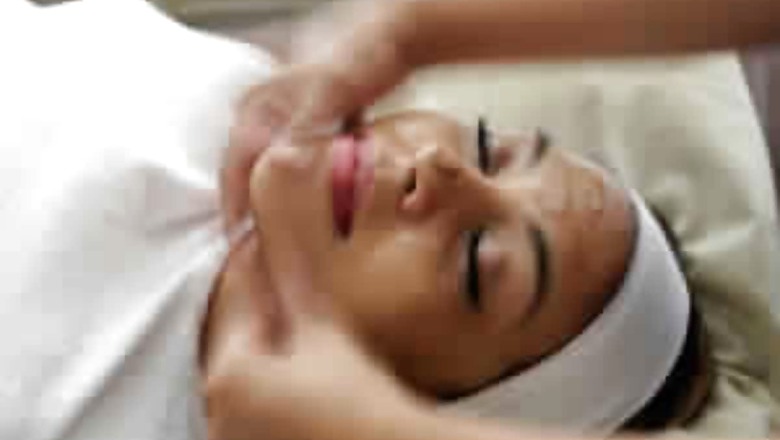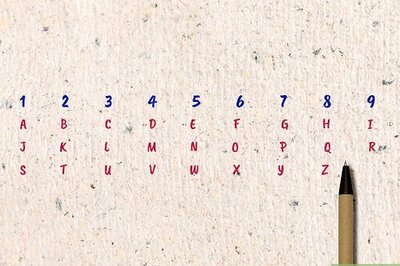
views
Most of us get acne at some time or another in our lives. The zits usually show up randomly and disappear on their own after a while. However, in many cases, no matter what we do, an acne breakout just doesn’t seem to budge.
Acne vulgaris, or simply acne, is a skin condition that occurs when dead skin, oils or bacteria clog skin pores. Acne not only shows up as pimples but also whiteheads (closed comedones, form deeper in the skin) and blackheads (open comedones, form on the surface of the skin). A bacterial infection can make acne inflamed and cause it to be painful.
Experts say that, in most cases, stubborn acne is not acne at all. Instead, it can be a different skin condition that mimics acne.
That said, the following are four skin conditions that look like acne but are not.1. Milia (Singular: Miliium)
Milia are tiny keratin cysts (1-2 mm in diameter) that usually form when dead skin gets trapped in skin pores. They show up as white-yellow bumps, clustered together in an area.
About 50% of infants have this condition usually on their nose but also inside their mouth. In babies, it is often called baby acne, even though it is not acne. In adults, milia usually develop on the face and cheeks but they can occur anywhere on the body.
The bumps are usually harmless, though they can be itchy (especially when clothes rub on them) and resolves itself within a few weeks to months.2. Pityrosporum folliculitis
Pityrosporum folliculitis is a type of fungal infection that is often mistaken for acne. The condition occurs when hair follicles in the body get infected with the Malassezia yeast that is a part of the normal flora of the body.
It shows up as small (1-2 mm) papules or pustules on the face, chest, back and the back of arms which may or may not be itchy.
Pityrosporum folliculitis is seen more commonly in young adult males, especially in humid conditions. They can occur due to excessive sweating, immunosuppression, intake of steroids and excessive sebum production. Oral antifungals are usually given to treat this condition.3. Sebaceous hyperplasia
Sebaceous hyperplasia is a condition in which yellow papules (3 mm in diameter) show up on the forehead or cheeks, though it can also show up on the chest, back and on genital organs.
The condition occurs due to the enlargement of the sebaceous glands and is actually a form of hair follicle tumour. Sebaceous hyperplasia bumps can be identified by the presence of a hair follicle in their centre. They show up more commonly in older or immunocompromised populations.
The condition usually does not need any treatment though if the papules irritate too much they can be removed by laser treatment.4. Keratosis pilaris
Keratosis pilaris is considered to be a common skin condition. It appears as tiny (1-2 mm) and permanent goosebumps over the upper arms, hips and thighs and is present in about 40% of the adult population.
The bumps are harmless and usually don’t itch. The condition is said to be genetic in nature, marked by keratinisation of hair follicles - instead of falling out, skin scales fill up the hair follicles. For most people, the condition worsens in winters, possibly due to dry skin.
For more information, read our article on Folliculitis.Health articles on News18 are written by myUpchar.com, India’s first and biggest resource for verified medical information. At myUpchar, researchers and journalists work with doctors to bring you information on all things health.



















Comments
0 comment